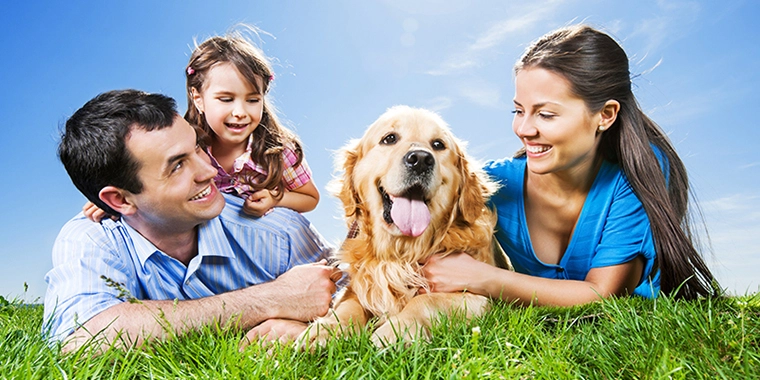
It doesn’t matter if you are bringing a new dog home as a permanent member of your family or as a temporary foster. We have to set these dogs up for success.
Decompression
Before you can really get started, you need to allow for proper decompression if the dog is older (7 months and up). When dogs are coming from the shelter or even a foster home, they need time to decompress in a new environment. They need to be able to get used to smells, sounds and activities before being introduced to other dogs or joining the family. (I have a detailed article that I can send you, just send me a pm, it is also available on my website.)
If you have other animals in the house, or even kids, please leave a leash on the new dog. This is for safety and guidance. When introducing dogs I like to do one of 2 things. Either we are doing a moving introduction in a walk style. Or we are doing it in a yard/open room where there is nothing to be possessive over. After proper decompression, the introduction is so much easier.
Structure needs to be established when bringing a new dog home. Start to put in place rules that you can build on. Examples are respecting thresholds, or sitting before you leave the house or out the back door. These rules create boundaries, reinforce obedience, teach an implied stay, and teach a release word. Common release words are: break, good dog, free dog, and so on.
Training
Start to grow the dog’s knowledge by teaching new things. Basic obedience, manners, and growing your relationship is your job even if the dog is a foster. This also creates a different relationship between you and the dogs. I always explain it like this: by teaching you are going from roommate/vending machine to guide/teacher.
If you have multiple dogs, work one-on-one when teaching before you add distractions (e. g. other dogs). Start to teach in your living room. Once they understand it there, move it to the backyard. Then move it to the front yard. If the dog is a foster, take advantage of the adoption events and work on it there.
Some people look at crates and automatically assume that they are used for punishment. That is absolutely not the case. Crates and respecting the crates are imperative to foster dogs. Dogs get confined at most vets, groomers, boarding, and daycare. Crates give dogs a place to relax, give them space, help to calm them, and a safety net for those with food aggression if you aren’t sure how to address it. Crates should never be used as punishment and are safe for the dogs that want to eat your house, etc.
These are some of the basics and will give you a great base when bringing a new dog home.
